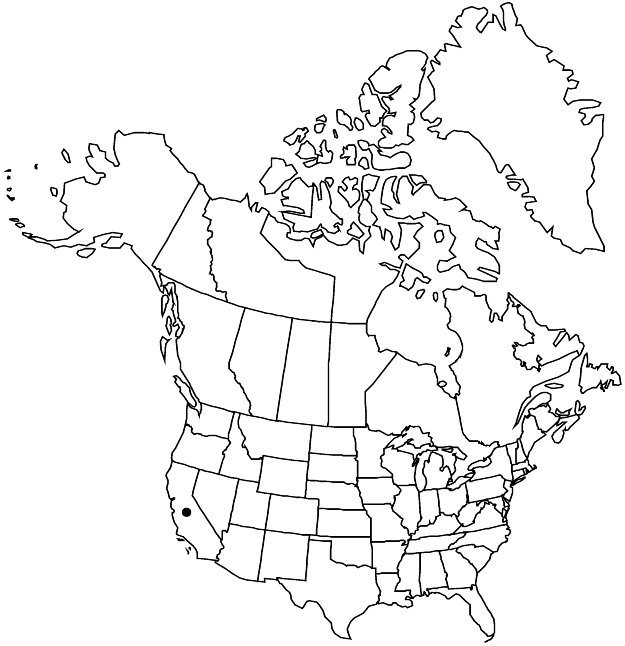Sedum albomarginatum
Sedum N. Amer., 424, figs. 120–122. 1975,.
Herbs, perennial, somewhat tufted, glabrous. Stems root-stocks, horizontal, branched, bearing terminal rosettes. Leaves alternate, spreading to ascending, sessile; blade blue-green with white margins (unique in flora area), glaucous, oblanceolate, oblanceolate-oblong, or spatulate, laminar, (14–)28–67 × (5–)11(–18) mm, base not spurred, not scarious, (margins somewhat erose), apex widely rounded or truncate, sometimes emarginate. Flowering shoots erect, mostly simple, 16–25 cm; leaf blades oblanceolate-oblong or oblanceolate-elliptic, base not spurred; offsets not formed. Inflorescences elongated, paniculate cymes, 20–55-flowered, 3–15-branched; branches not recurved, forked; bracts similar to leaves, smaller. Pedicels 3–5(–8) mm. Flowers 5-merous; sepals erect, connate basally, green or sometimes slightly glaucous, lanceolate, equal, ca. 4.5 × 2.5 mm, apex acute or subacute, (sometimes minutely papillose-ciliate); petals erect proximally, slightly spreading distally, (imbricate), connate basally, yellow, oblanceolate-oblong, often with minute, mucronate appendage, not carinate, ca. 9.5 mm, (distal margins erose), apex acute or obtuse; filaments pale green; anthers yellow; nectar scales white, transversely oblong. Carpels suberect, distinct, brown. 2n = 30.
Phenology: Flowering early summer.
Habitat: Serpentine outcrops
Elevation: 300-900 m
Discussion
Of conservation concern.
Sedum albomarginatum is unusual in having woody roots. It is known from the Feather River Canyon of northern California. The white margins, formed from epicuticular wax, may not be as conspicuous on plants growing in shade.
Selected References
None.
